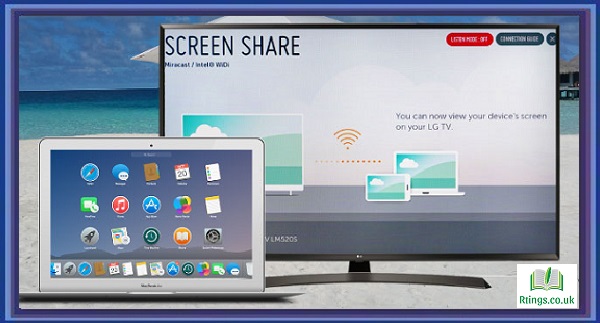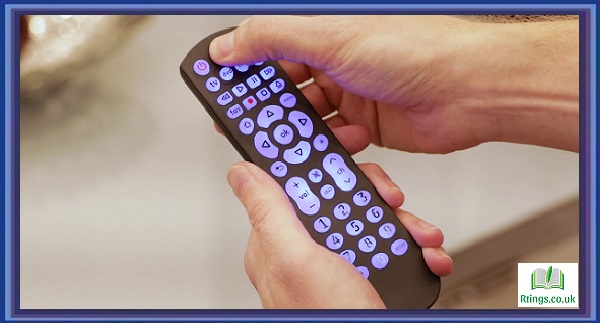There are several reasons why a TV’s picture may appear too dark. This article will discuss some of the most common causes and potential solutions.
Incorrect Brightness and Contrast Settings
The first and most obvious reason a TV’s picture appears too dark is incorrect brightness and contrast settings. If the brightness is set too low or the contrast is too high, the image may appear dim or washed out.
To adjust these settings, search your TV’s menu and find the picture or display options. You can then adjust the brightness and contrast settings to your liking. If you need help determining the optimal settings, you can refer to your TV’s manual or search online for suggested settings based on your TV’s model number.
Ambient Light
Another reason a TV’s picture may appear too dark is the amount of ambient light in the room. If the room is too bright or dark, it can affect the perceived brightness of the TV’s picture.
To combat this issue, try adjusting the lighting in the room. If the room is too bright, close the blinds or curtains and dim the lights. If the room is too dark, turn on some additional lighting.
Additionally, some TVs have ambient light sensors that can automatically adjust the picture’s brightness based on the amount of ambient light in the room. If your TV has this feature, ensure it’s turned on and configured correctly.
Dirty Screen
Over time, dust and dirt can accumulate on a TV screen, affecting the picture’s brightness and clarity. If you last cleaned your TV’s screen a while ago, this buildup may cause a dim picture.
To clean the screen, turn off the TV and wait for it to cool down. Then, gently use a microfiber cloth to wipe the screen in a circular motion. Please avoid using any cleaning products or harsh chemicals, as they can damage the screen.
Backlight Issues
Many modern TVs use LED backlighting to enhance the brightness and clarity of the picture. However, if the backlighting is malfunctioning or not configured correctly, it can cause the picture to appear too dark.
To check if the backlighting is the issue, turn on the TV and shine a flashlight on the screen. If you can see the picture clearly when the flashlight is on the screen, then the backlighting is likely the issue.
To resolve this issue, you may need to replace the backlighting or have it repaired by a professional. Check your TV’s warranty to see if this repair is covered.
Cable Issues
If you’re using a cable box or streaming device to watch TV, the issue is likely with the cable or connection itself. A loose or damaged cable can cause the signal to degrade, resulting in a dim or fuzzy picture.
To resolve this issue, try unplugging and re-plugging the cables to ensure they’re securely connected. Try using a different cable or input to see if that resolves the issue.
Picture Mode
Some TVs have different picture modes optimized for different types of content, such as movies, sports, or gaming. If your TV is set to the wrong picture mode, it can affect the brightness and clarity of the picture.
To check if the picture mode is the issue, go into your TV’s menu and look for the picture or display options. Then, try switching to a different picture mode to see if that resolves the issue.
Aging TV
Finally, the issue is simply due to the age of the TV. Over time, the backlighting, display panel, and other components can wear out or degrade, affecting the picture’s brightness and clarity.
If your TV is several years old and none of the above solutions has resolved the issue, consider purchasing a new one. Newer TVs often have better display technology and more advanced features that enhance the viewing experience.
In conclusion, a TV’s picture appearing too dark can be caused by various factors, including incorrect brightness and contrast settings, ambient light, a dirty screen, backlight issues, cable issues, picture mode, and an aging TV. By identifying the cause of the problem and trying the appropriate solutions, you can get your TV’s picture to look bright and clear again.
Frequently Asked Questions (FAQs)
How can I improve the color accuracy of my TV’s picture?
To improve the color accuracy of your TV’s picture, try calibrating the color settings. Many modern TVs have built-in calibration tools that you can use to adjust the color settings to match industry standards. Alternatively, you can purchase a color calibration tool or hire a professional to calibrate your TV.
Why does my TV picture flicker or stutter?
If your TV’s picture is flickering or stuttering, it may be due to a refresh rate issue. The refresh rate is the number of times the TV updates the picture per second. If the refresh rate is too low or the TV is having trouble keeping up with the input signal, it can cause the picture to appear jittery or flickering. Try adjusting the refresh rate settings or using a different input device to resolve this issue.
Why does my TV picture look pixelated or blurry?
If your TV’s picture looks pixelated or blurry, it may be due to a resolution issue. If the input signal has a lower resolution than the TV’s display panel, the picture may appear pixelated or blurry. To resolve this issue, ensure the input device is set to output at the highest resolution supported by the TV. If the problem persists, it may be due to the quality of the input signal or the TV’s display technology.







